Best Tourist Attractions in Split
Diocletian's palace forms a main body of all attractions in Split. Apart the historical city core, there are other attractions worth seeing, but not as important as ones of Roman and pagan heritage.
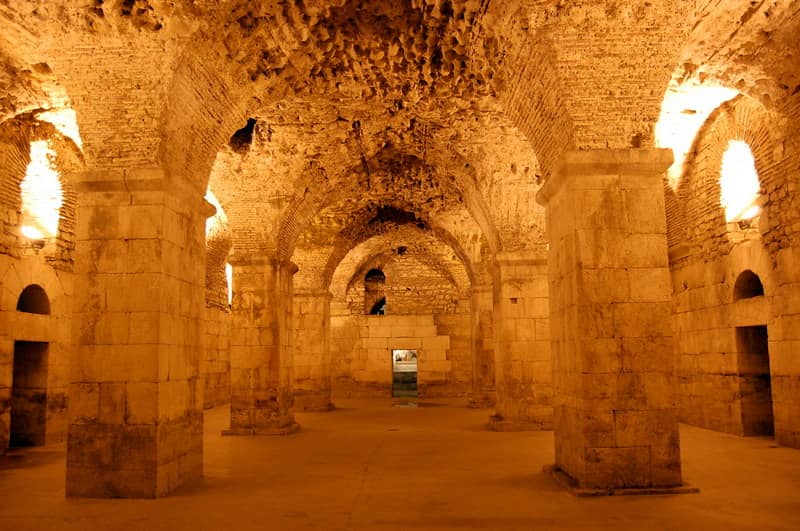
Among the best preserved remains of the Diocletian's Palace are the ground vaulted halls.
- Details
- Written by: Orsat Munitić
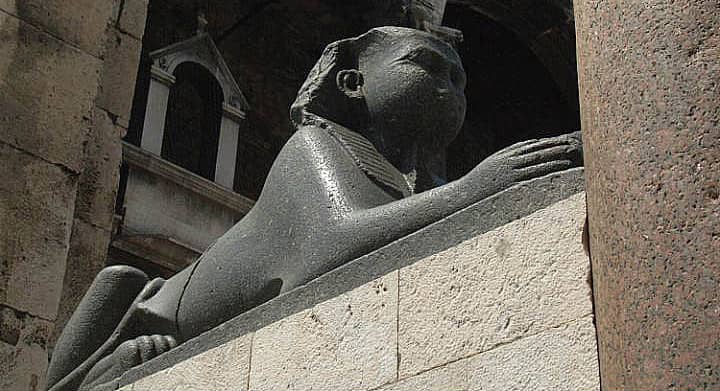
Human head on a lion's body, originally from Egypt and brought to Split 3500 years ago under orders of the Emperor Diocletian.
- Details
- Written by: Orsat Munitić
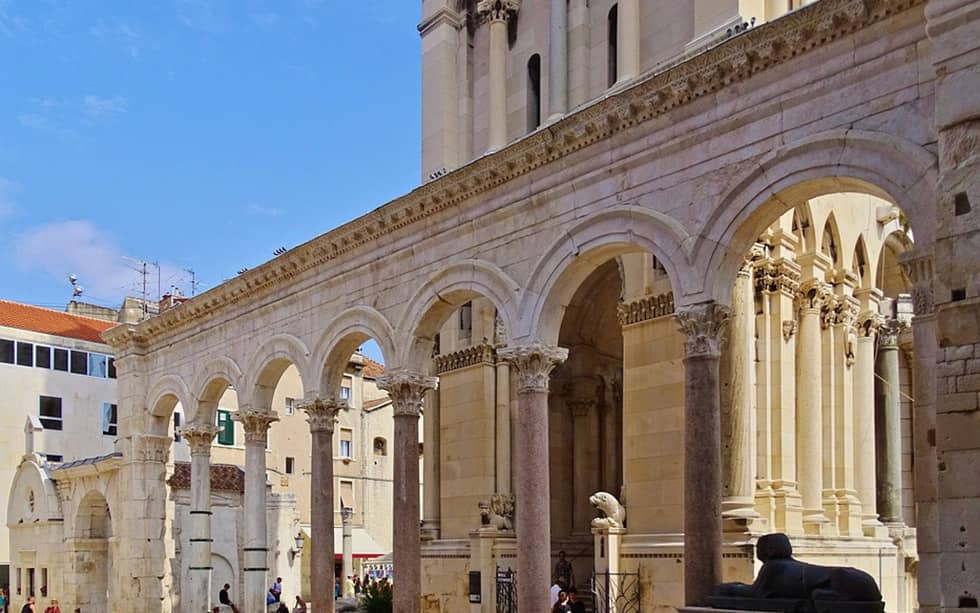
Diocletian’s Palace is the heart of Split, a living Roman complex where locals still live, work, and eat inside ancient walls. Built as Emperor Diocletian’s retirement residence in the late 3rd to early 4th century, it later became the foundation of the medieval city and today forms part of Split’s UNESCO-listed historic complex.
On this page you’ll find quick answers, the best things to see inside the Palace, and practical tips to plan your visit (including what’s free vs ticketed). If you’re building an itinerary, also explore our Split attractions guide.
- Details
- Written by: Orsat Munitić
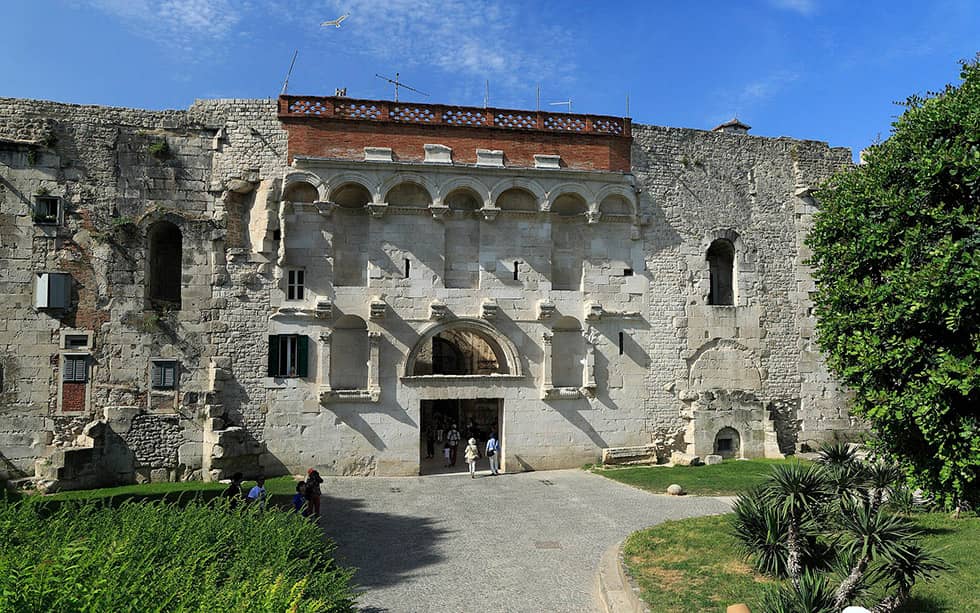
When sightseeing Split, the Golden Gate is among the best attractions. The gate was later, under the Venetian influence, called "Porta Aurea", in translation - Golden gate. It has keep this name until today.
- Details
- Written by: Orsat Munitić
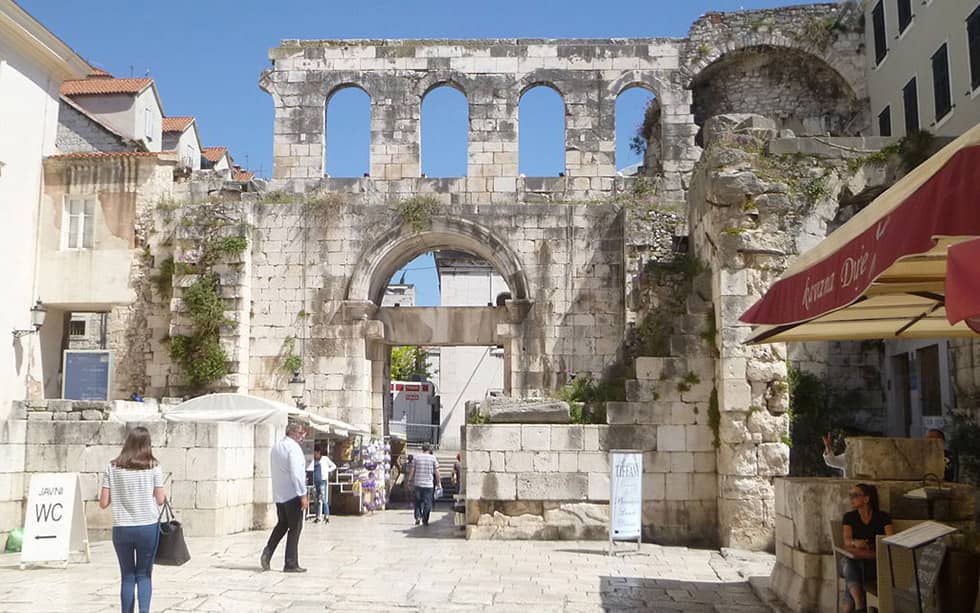
The Silver Gate or "the Eastern Gate" is a well known attraction in the historical centre of Split. The "Porta orientalis" of the Palace was dedicated to St. Apollinaire, a saint worshipped all over the Mediterranean world during the Early Christian period.
- Details
- Written by: Orsat Munitić
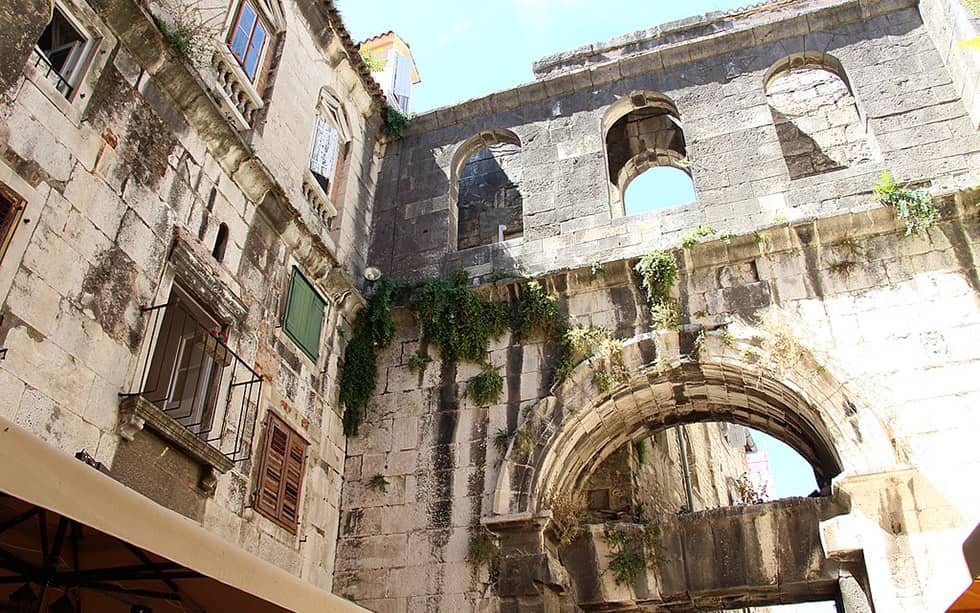
The Iron Gate or "Western Gate" is one of the many attractions located in the historical part of Split. The Western gate, originally called Porta occidentalis, was renamed during the Venetian influence period to Iron Gate.
- Details
- Written by: Orsat Munitić
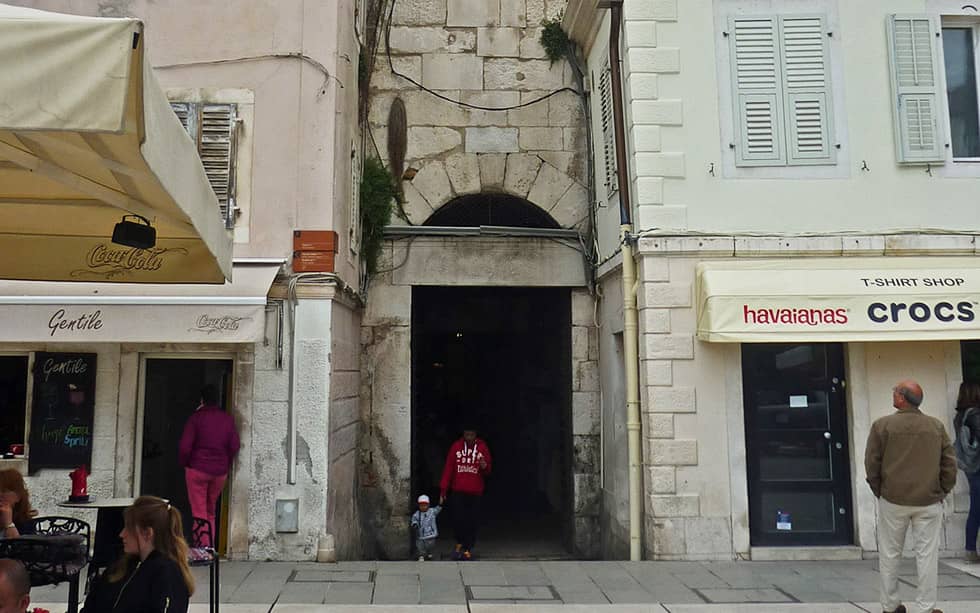
The Southern gate, originally "Porta meridionalis" but by Venetians renamed to today's Brass gate. If you are in the historical part of Split be sure to check out this attraction.
- Details
- Written by: Orsat Munitić
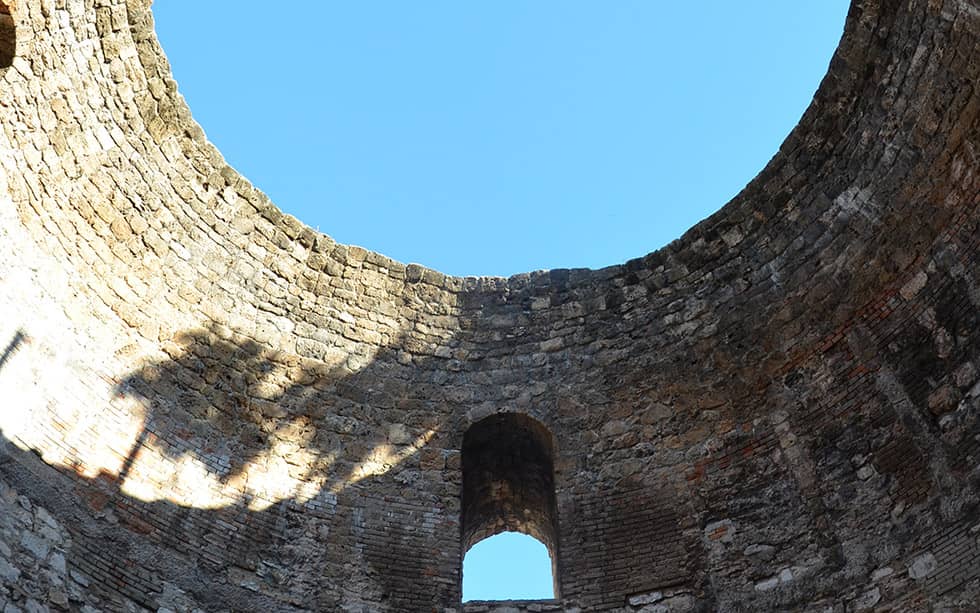
As recorded by Marko Marulić in the manuscript dated from 16th century, the Vestibul had rounded niches with statues, a large dome with a glittering color mosaic and a white circular wall. If you are in the historical part of Split be sure to check out this attraction.
- Details
- Written by: Orsat Munitić
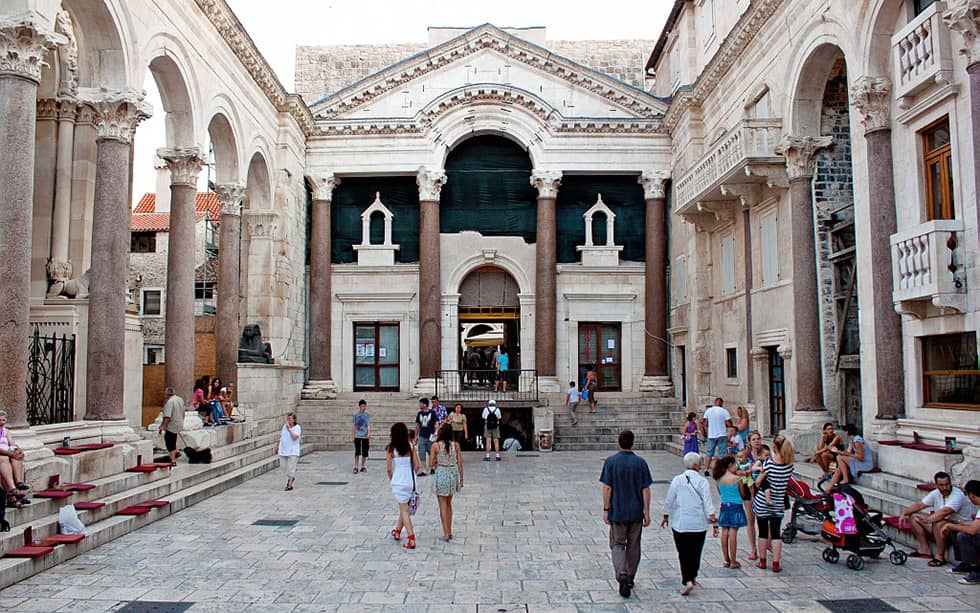
The Peristyle is the main square of the Diocletian's Palace and was used by the Emperor himself to hold speeches. This is one of the biggest attraction in the historical part of Split.
- Details
- Written by: Orsat Munitić
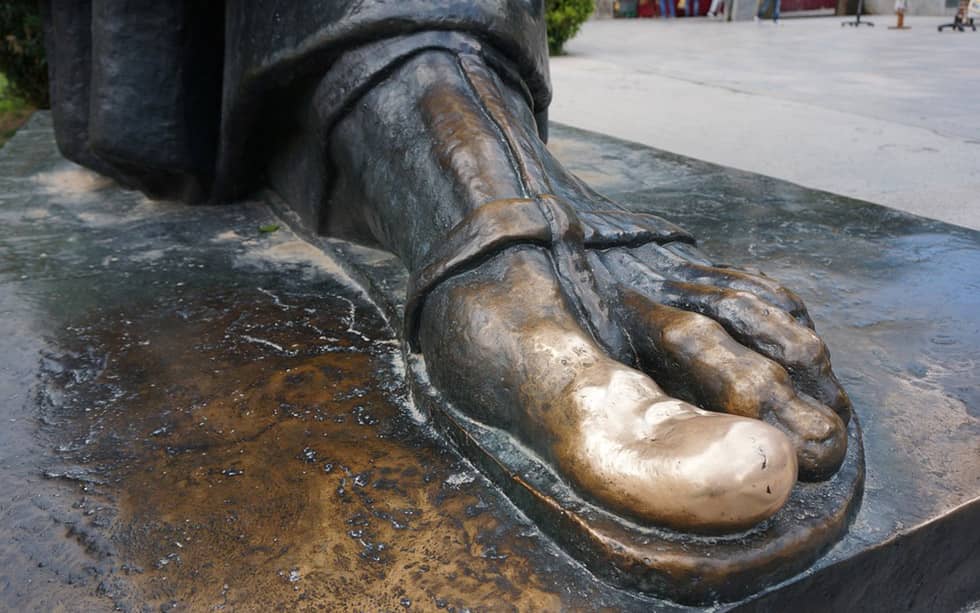
Grgur Ninski (Gregory of Nin) was a Croatian bishop in the Middle Ages which strongly opposed the Pope and introduced the use of national language in religious services. A popular attraction in central Split, with thousands of people stopping to rub the statue's toe each year.
- Details
- Written by: Orsat Munitić
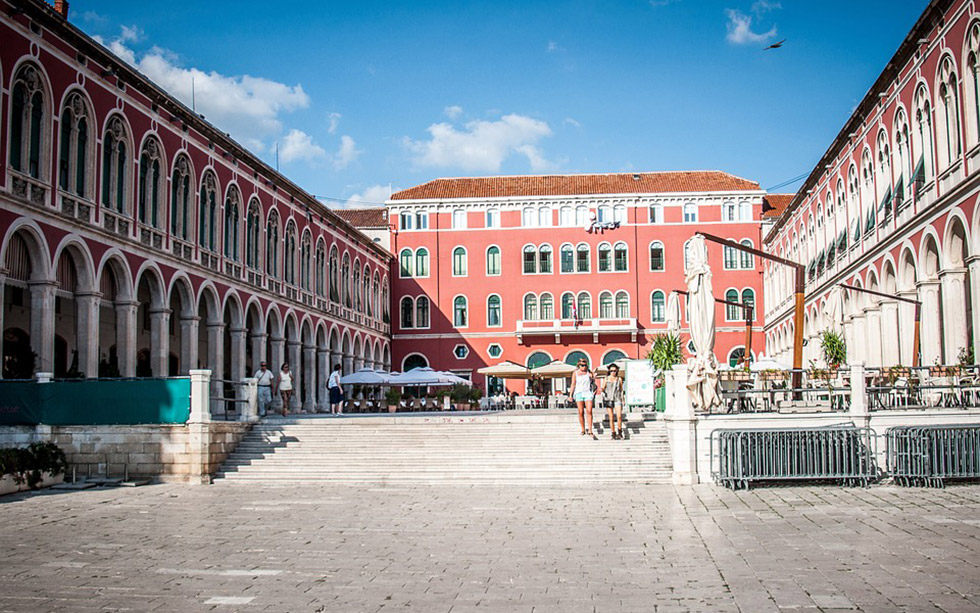
Prokurative is a famous square in Split, situated to the west of the Diocletian's Palace, and well known as a stage for many cultural events. One of the most recognisable landmarks in Split.
- Details
- Written by: Orsat Munitić
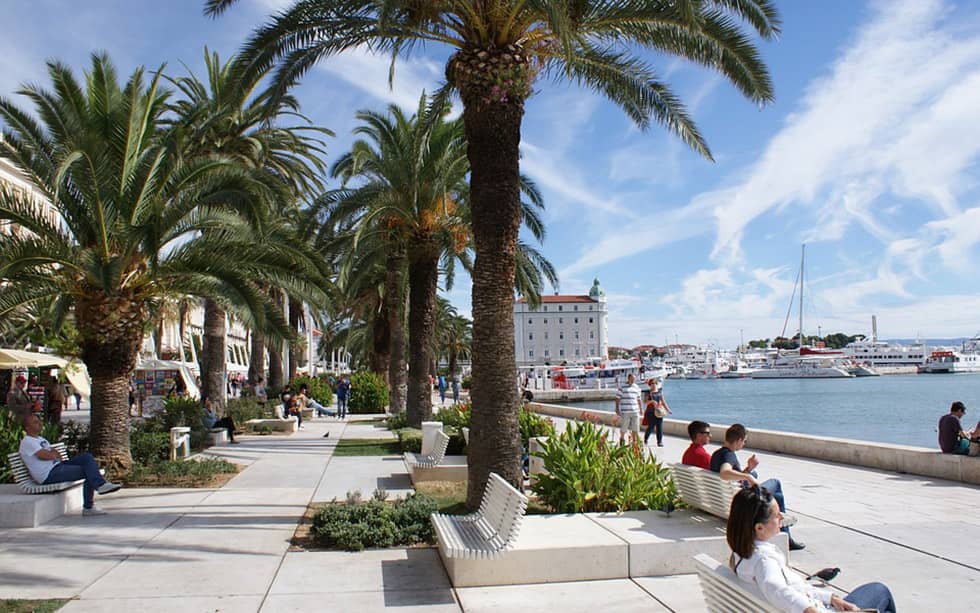
The Riva - waterfront is one of the most attractive public places in Split. It is also a huge part of Split's social life - everyone wants to been seen on the Riva.
- Details
- Written by: Orsat Munitić
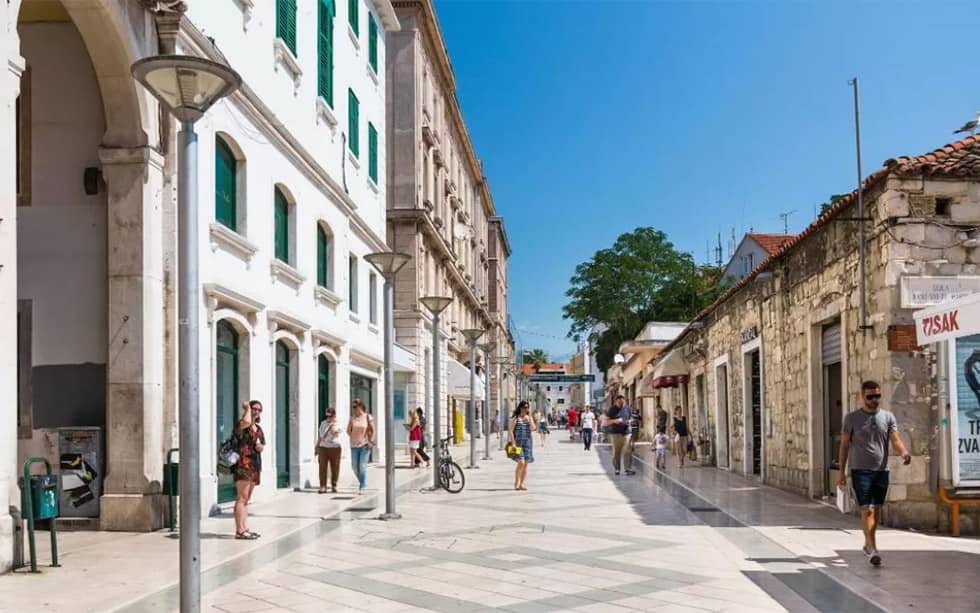
Yes, General Marmont was a conqueror but he did a lot regarding infrastructure developments in Split. Today the city's most visited street bears his name. The marble-lined street is the main shopping area in Split for designer and branded goods.
- Details
- Written by: Orsat Munitić
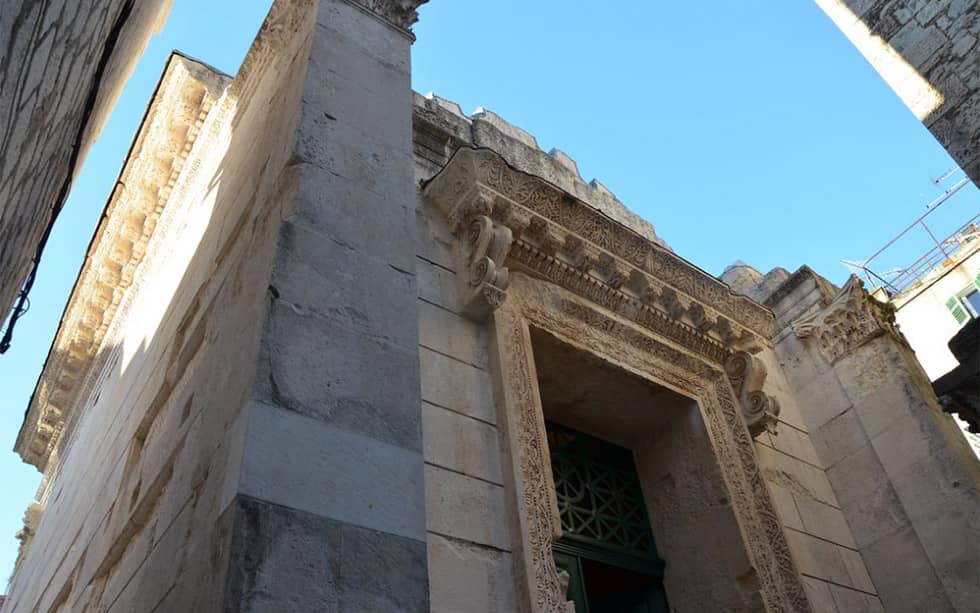
The Temple of Jupiter is considered one of the most beautiful European monuments in by the Scottish archeologist Robert Adam. Located in the heart of Split it is a major landmark within Diocletian's Palace.
- Details
- Written by: Orsat Munitić